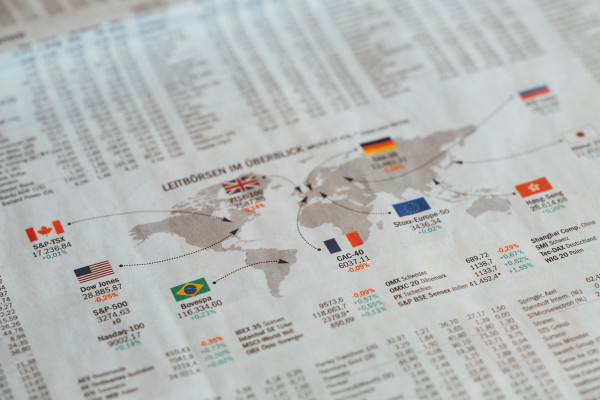In normal times inflation happens when a positive output gap occurs, because the level of demand in the economy is greater than the present output of the economy, so with demand rising faster than supply, prices rise.
The UK economy suffered its sharpest GDP decline on record in 2020, creating a substantial output gap, but as the economy recovers, the output gap closes.
Sunil Krishnan, head of multi-asset funds at Aviva Investors says the rise in demand as economies re-open will be so swift that it is likely the supply of goods and services, that is, the output of the economy, will not be able to expand as quickly as demand, potentially creating a positive output gap, at least in the short-term, with inflation following.
The three Ds
But beyond the statistical anomaly that 2021 is likely to prove for economic data, the longer-term picture for inflation and economic growth is much less clear.
As economic conditions normalise, the expectation is that supply will recover, while the spike in demand caused by people spending their accumulated wealth would taper away.
A feature of the years between the end of the global financial crisis and the onset of the pandemic was that while output gaps closed as economies recovered from the crisis, inflation did not rise to anything like the level that might have been expected, particularly given that interest rates were at record lows, something which should also be inflationary, as low rates incentivise borrowing rather than saving.
The reasons for such low inflation despite the output gap closing are threefold, according to Silvia Dall’Angelo, senior economist at Federated Hermes.
The first of three 'Ds' is demographics; people tend to consume less as they get older, and as people live longer, a greater proportion of the wealth in the economy remains with those least inclined to spend it. Most of the developed world economies presently have ageing populations. The effect of this is to drag down the long-term trend growth rate, and keep inflation lower.
The second D is disruption, and Ms. Dall’Angelo believes the pandemic has accelerated the pace of technological change in society. Such change allows for more to be produced using the same quantity of resources, which may drive up the long-term potential growth rate in the economy, but is certainly deflationary.
An example of this would be online shopping. Dozens of different people getting into their car or buying a public transport ticket is replaced by one van driver delivering the goods. Over the long-term this reduces demand for oil, putting downward pressure on other commodity prices, which make up a significant part of the costs of most businesses, and would act to keep inflation low.











